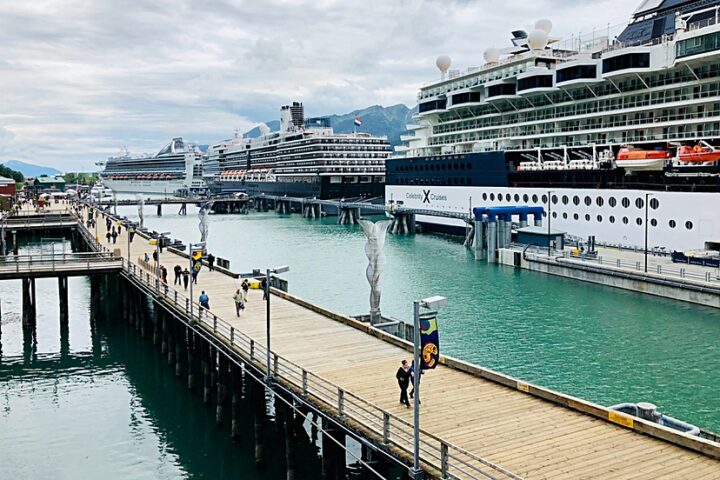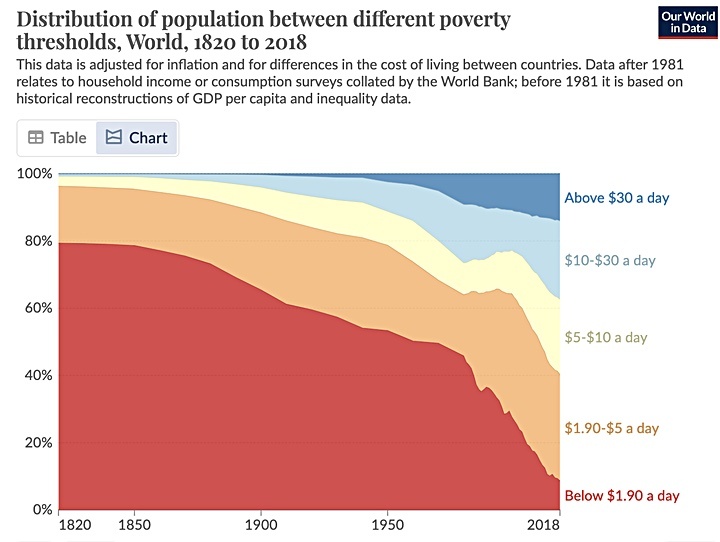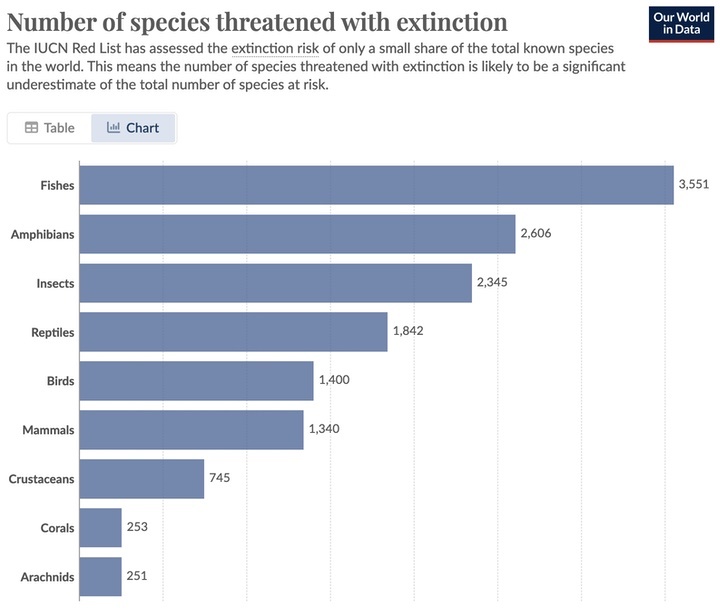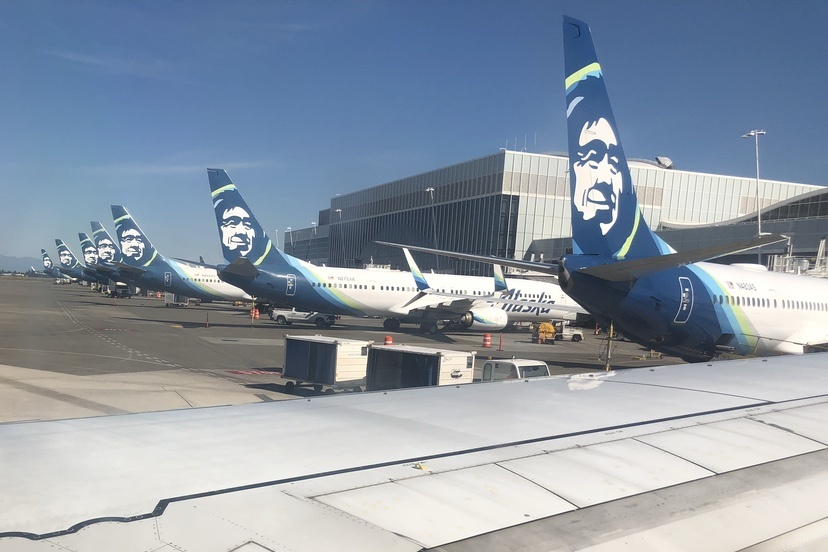I wrote yesterday’s editorial while sitting in row 23, seat F, on Alaska Airlines Flight 654 from Seattle to Albuquerque, the second leg of my flight back to Pagosa from Juneau, Alaska.
A window seat.
The family reunion during Celebration 2024 was, overall, a success… if you measure success in terms of cousins and aunts and uncles and friends reconnecting over shared meals and shared stories, walks on the beach, commiseration about challenging relationships, and — in the case of my particular family — selling handmade art to tourists and Celebration participants in my daughter Lily’s artist studio/shop on Seward Street, in downtown Juneau.
Nearly all the production from Lily’s studio consists of jewelry and various types of adornment based on traditional Tlingit Indian regalia, and in particular, various types of woven adornment. Especially, woven earrings made from dyed wool, often featuring a traditional ‘Ravenstail’ pattern.
Hanging out in Lily’s studio last week and watching women select their purchases, I got the impression that Lily’s customers were typically Alaskan or Canadian residents with a developed appreciation for traditional handmade art from the Northwest Coast.
Between the four or five large cruise ships each day, and the four-day Alaskan Native ‘Celebration 2024’ event ongoing at Centennial Hall, the downtown area was swarming, but the occasional tourist who wandered into the studio took only a few moments to survey the wares, and quickly realizing that Lily wasn’t selling t-shirts or plastic totem poles, departed without buying anything.
Yesterday in Part Three, I shared a few suggested ways that people could become better tourists — suggestions drawn from a recent article by Rachel Dixon in The Guardian.. I also mentioned a new agreement between the City of Juneau and the cruise ship companies to limit the number of tourists flooding the Juneau streets to about 1.6 million per year.
The tourist industry was not particularly happy about the agreement, apparently. But maybe the local residents appreciated the effort.
The number of Juneau tourists arriving on cruise ships has been steadily increasing in recent years, which has been seen, by some, as a type of success. Americans in general have accepted the idea that a growing economy is a good economy, even if, from a certain perspective, your town has been ruined.

In April 1968, a group of thirty individuals from ten countries — scientists, educators, economists, humanists, industrialists, and national and international leaders — gathered in the Accademia dei Lincei in Rome, at the instigation of Dr. Aurelio Peccei, an Italian economist, and Alexander King, the Director-General for Scientific Affairs at the OECD. The gathering focused onto a subject of staggering scope — the present and future predicament of the entire human race.
The group became known as the Club of Rome, and the subject matter became known as the “world problematique”.
Our predicament is that humans can perceive the ‘problematique’, but despite our considerable knowledge and talents, we don’t understand the origins, significance, or interrelationships of its many components… and we’re unable to devise effective responses, or to cooperate on implementing those responses, partly because we examine single items in the ‘problematique’ without understanding the whole.
Without understanding that the whole is more than the sum of its parts, and that change in one element means change in the others.
The key outcome of the meeting was the publication, in 1972, of a book called The Limits to Growth, based upon computer models developed by a group of scientists and economists at MIT (Massachusetts Institute of Technology). The computer simulations suggested that economic growth could not continue indefinitely because of resource depletion. The 1973 oil crisis increased public concern about this problem, and the report went on to sell 30 million copies in more than 30 languages, making it the best-selling environmental book in history.
You can download a digital version of the book here. (Large file.)
Although the Club of Rome had initially enjoyed some influence at the OECD — the Organization for Economic Cooperation and Development — their questioning of the value of growth “deepened the internal fractures within the OECD and provoked hostile reactions, leading to a revitalization of the strong pro-growth position.” A 1973 booklet on the OECD’s approach to environmental issues stated that the role of governments in “an acceptable human environment must now be developed in the framework of policies for economic growth…”
One year after the publication of The Limits to Growth, the OECD had already given up on the Club of Rome, and set its course on a trajectory of unfettered growth and development, which has since been the preferred economic model, globally. The results of that approach have been remarkable — in both a positive and a negative direction. In 1973, about half the world’s population lived in extreme poverty, surviving on less that $2 per day; today, only about 10% live in those conditions.
Here’s a chart from OurWorldInData.org

A steep improvement in global wealth began in about 1999. To would appear that a worldwide quest in endless economic growth has contributed to human success, if we measure success by the percentage of families that can afford food and shelter, and maybe even a bicycle. But statistics are necessarily misleading. If we note that most families in India and China averaged twice as many children in 1972 as they do today, the “wealth per person” statistics would obviously indicate improvements, even without any economic growth.
Here’s another chart from OurWorldInData.org

Economic growth for humans has meant quite the opposite, for the biosphere in general.
When The Limits to Growth was published, the human species had — during its entire history — emitted about 500 billion tons of carbon dioxide into the atmosphere. Since 1972, we’ve emitted three times that amount, with similar increases in other types of pollution and environmental destruction.
Maybe endless growth — in every possible industry — wasn’t the right model, after all? Maybe the Club of Rome had the right idea?
And maybe the best tourism policy is simply to encourage everyone to stay home.


